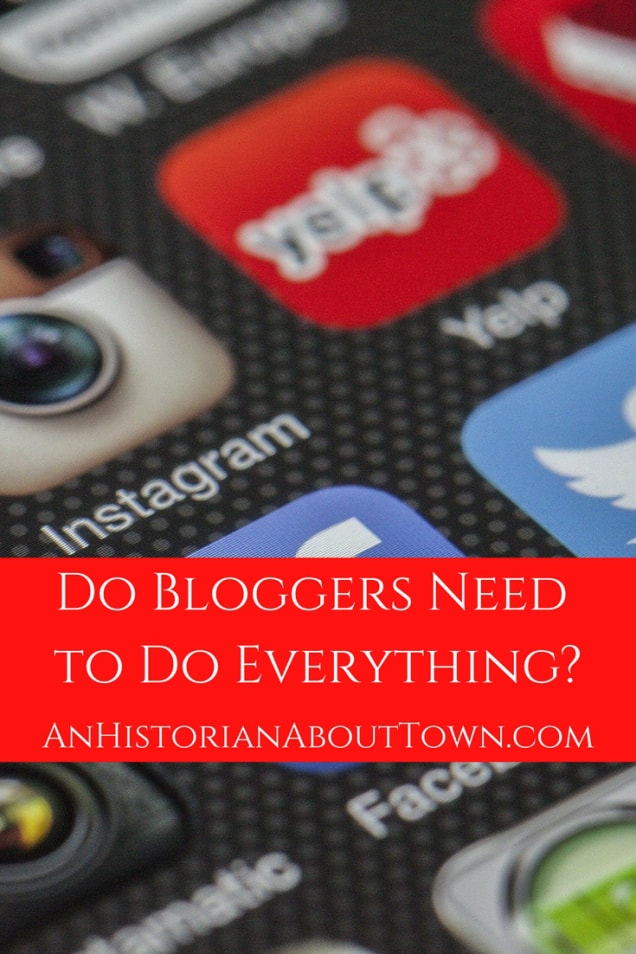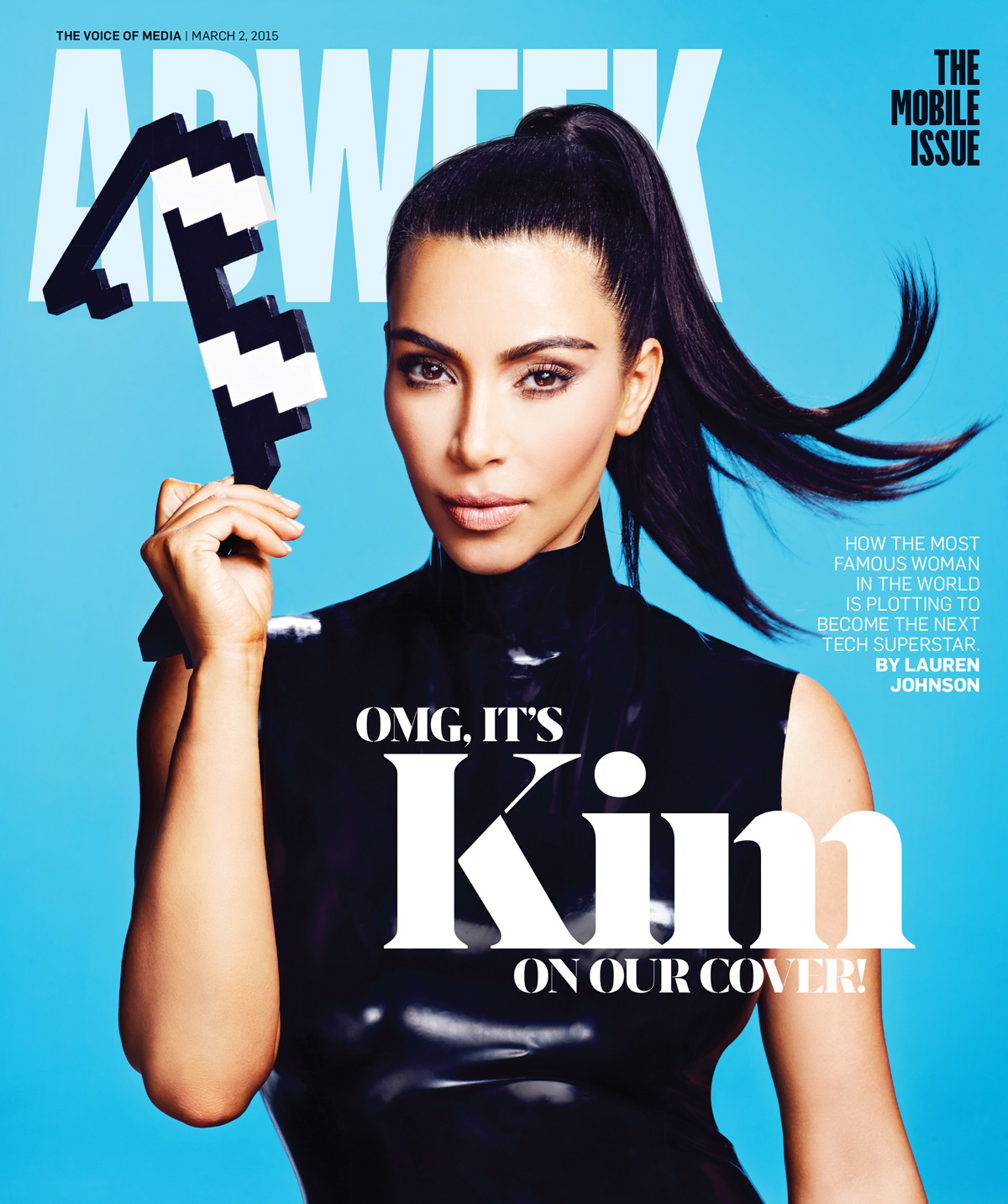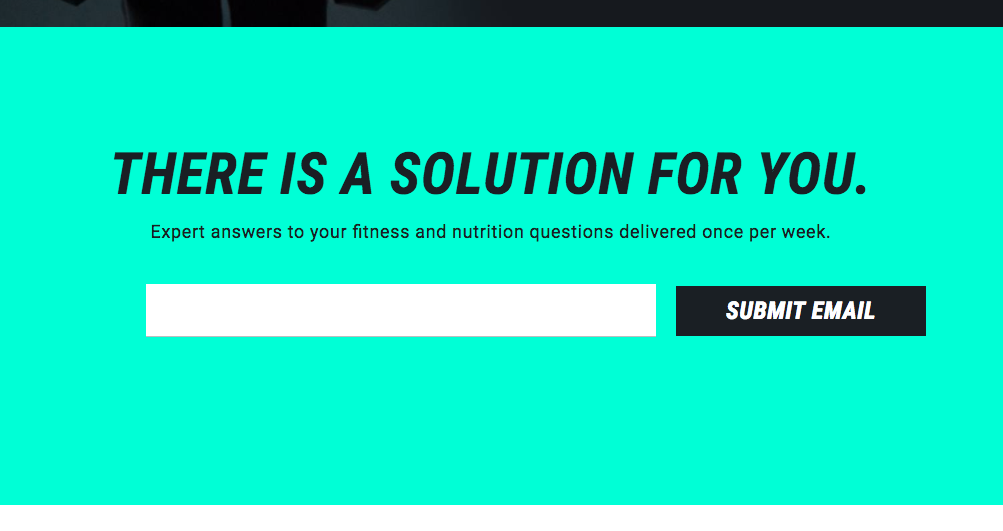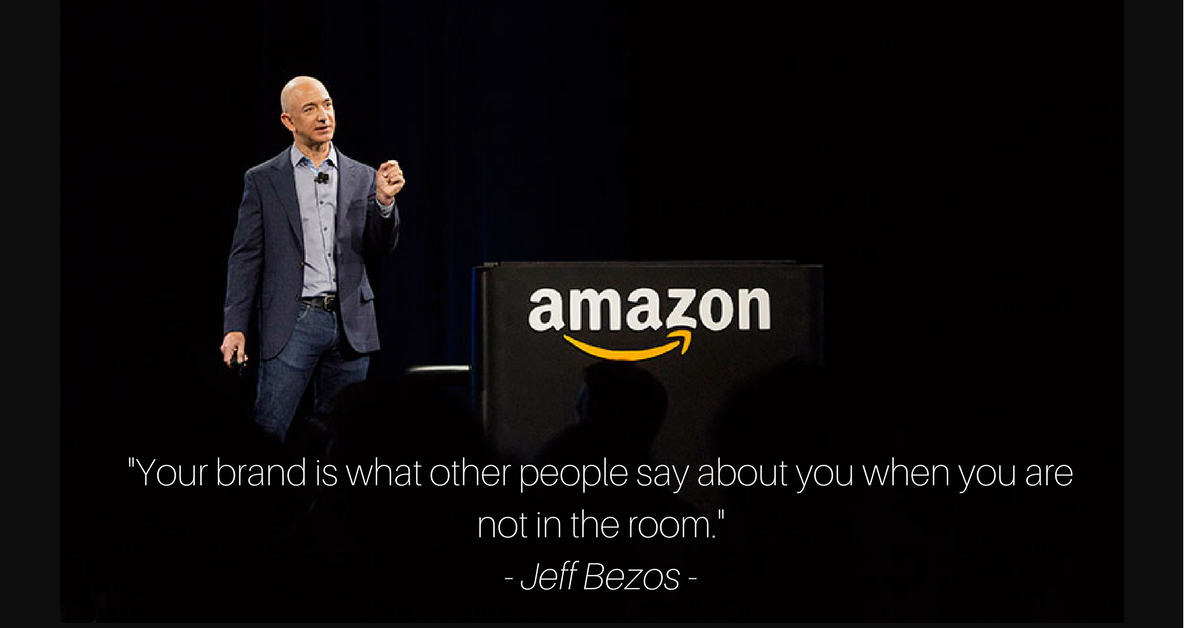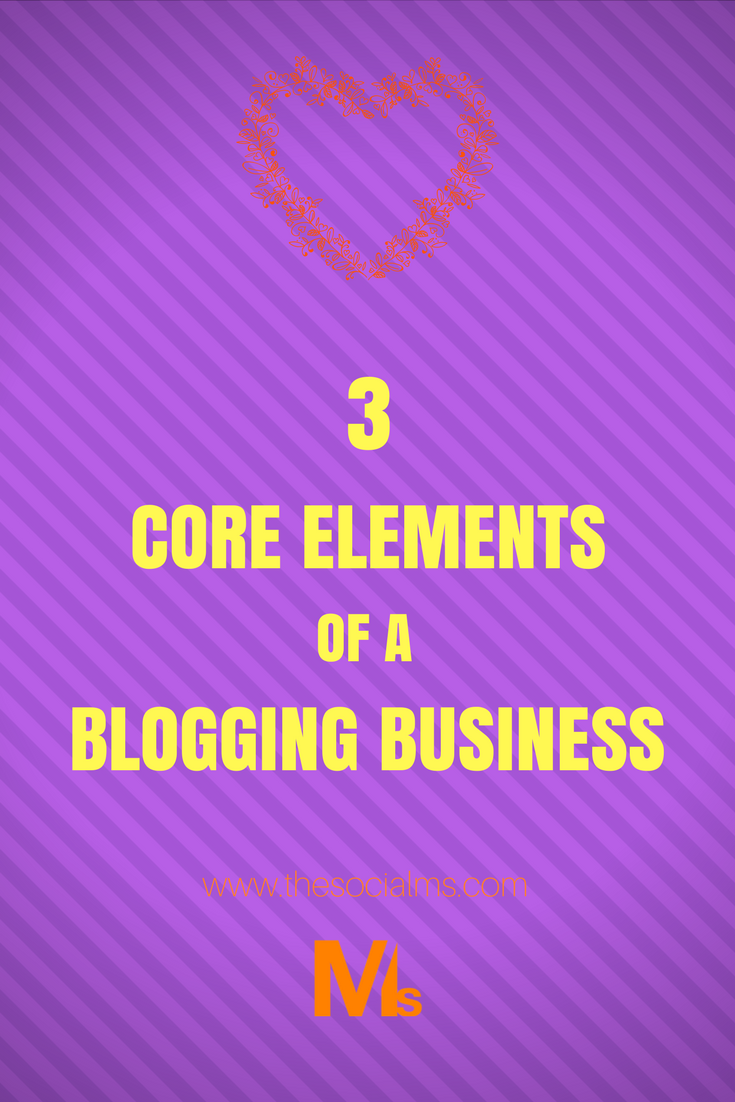A lot of people may think of blogging as pointless and as a way for people to waste their time expressing themselves, but blogging has actually become big business. In fact, blogs are recognized as one of the top social media platforms on the web today.
What Is Blogging?
WordPress, which is currently the biggest blogging platform, defines blogging as “an ongoing chronicle of information” featuring “diary-type commentary and links.” It is about communicating information to a potentially large audience and having a clear goal in mind. Blogs can vary widely on content, but each blog usually chooses to focus on a specific topic, such as finance, fashion or politics. Although every blog will be different, they have several common features. Comment sections that allow readers to leave opinions and questions, the main content area that displays the newest blog posts, and links to related sites and sources are found in all types of blogs.
Blogging Stats
Blogging is already a huge business. A University of Texas study found that the top 50,000 blogs generated $500 million in revenue from advertising in 2006. WordPress is the fastest growing CMS, with over 500 new sites being created every day, and the platform powers 14.7% of the top 100 websites in the world. WordPress hosts blogs are written in over 120 languages with English (66%), Spanish (8.7%) and Portuguese (6.5%) being the top three. In social media standings, blogging is in the top five for marketing platforms. It ranks up there with social media heavyweights such as Facebook, Twitter, LinkedIn, and YouTube.
Individual Blogs
Personal blogs have been a topic of discussion for some time now. Although they may have originated as a way for ordinary people to express themselves to a broader audience and share their activities and opinions with the world, they have also become a form of self-promotion.
Individual blogs still act as a means of expression for many. Many people who blog often wouldn’t be blogging if they didn’t feel as if they had something meaningful to say. Blogs have become a means of promoting yourself, your ideas, your knowledge and your opinions.
This has enabled people to promote their knowledge, build a following and even monetize their sites. Individual blogs can generate revenue by allowing advertising to show up on the site. This can be easily set up through affiliate marketing, which is when someone promotes a product or service and receives a commission from every sale that occurs because of that promotion.
Business Blogs
There are many benefits that can come from businesses building and updating a relevant blog. Just as individual blogs can generate revenue through advertising and affiliate marketing, so can business blogs. Business blogs allow companies to communicate with customers and employees. These blogs enable companies to effectively portray what their brands are about. What businesses talk about on their blogs will give readers a great sense into what the culture of the business is.
Besides building a positive perception of a company’s brand, business blogging can also increase productivity among employees and generate sales. A study done by NYU found that blogging at work can build relationships among employees, facilitate work collaboration and increase productivity. An increase in revenue is also a possibility due to the fact that blogging will reach new readers and potential customers.
Blogging Tips
Brand Your Blog
Even if your blog will be for personal use, you still want to think about your blog’s brand. What do you want your blog to be? Do you want it to be educational or entertaining? How do you want it to represent you or your company? Your blog’s color, formatting, “voice” and media should all stay consistent with your blog’s brand.
Post Quality Content Often
You will have to post new content often to attract new readers. Having a posting schedule is helpful. Don’t post low-quality content. A good way to ensure you have quality content is to follow the “mini-skirt approach.” This is when content is just long enough to cover a topic fully, but short enough to stay relevant and interesting.
Find Focus
Pick a niche or specific genre to be the focus of your blog. Do you want your blog to talk about finance and investing? Pick one or two topics to focus on and stick to it.
Have Fun
Although keeping a blog updated and posting quality content often is no easy task, you should always have fun building and maintaining your blog. Read the blogs of others and comment on them to get active in the blogging community. This will give you ideas on how to improve your blog and bring in more traffic.
The Bottom Line
Blogging is going to continue to grow. Everyone from individuals to businesses realize this and use blogging as a promotional tool. If you are interested in starting your own blog, just follow the tips provided above.
Sourced from INVESTOPEDIA
Follow us: Investopedia on Facebook





